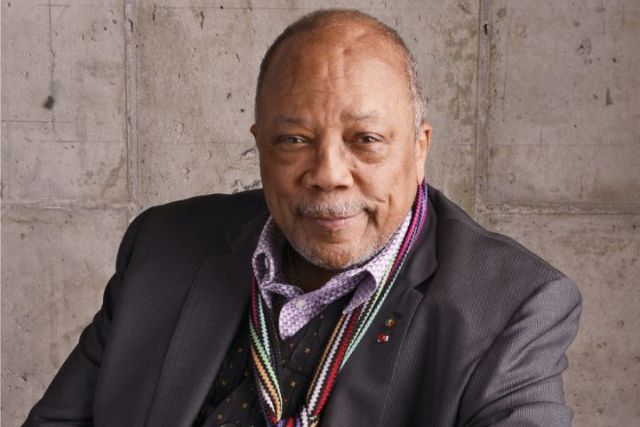
Each Valentine’s Day, millions of Americans gift their partners or loved ones with flowers, cards, or candy as a token of their affections on February 14. While some see it as a commercialized “Hallmark holiday,” the occasion actually has ancient roots in Roman history and connections to Saint Valentine.
Valentine’s Day is the perfect opportunity to ask someone on a date, solidify a long-lasting commitment, or simply spend quality time with family and friends. However, for some, the day is a reminder of the over-commercialization of love, while others may feel left out if they are not in a romantic relationship.
A 2024 survey found that 68% of Americans in relationships planned on celebrating Valentine’s Day, compared with 24% of those not in relationships. Overall, about half of Americans were expected to mark the day. Whether you embrace or ignore the occasion, its deep and ancient-rooted history may surprise you.
The Origins of Valentine’s Day
Since ancient Roman times, people have celebrated a loosely connected festival of love in the second week of February. However, the way people express their love during this time of year has changed based on historical circumstances.
For about a thousand years, starting in the 5th century B.C., Romans celebrated a festival on February 15 called Lupercalia, which honored the fertility god Lupercus and the founding of Rome. This festival included wild celebrations, including rituals where men sacrificed a dog and then used its hide to beat young women who wished to be fertile.
The festival lasted until the 5th century A.D. when Pope Gelasius I ended Lupercalia. Around the same time, Christians began to hold a feast on February 14 in honor of Saint Valentine and the sanctity of marriage. Some believe this feast replaced Lupercalia, but there is no definitive historical proof of this connection.
Over time, Valentine’s Day evolved. By the 14th century, gift-giving and romantic gestures became associated with the holiday. It grew more secular as people began to see it as a celebration of love, poetry, and gifts rather than a purely religious occasion.
Who Was Saint Valentine?
The identity of Saint Valentine is somewhat mysterious. In fact, historians believe there were at least two different figures named Saint Valentine, both of whom were martyrs who died for their faith. One legend suggests that a bishop named Valentine secretly performed marriages for couples against the orders of a Roman emperor, who later executed him.
Father Michael Clark of Saint Paul’s Roman Catholic Church in Connecticut believes there was only one real Saint Valentine. He has seen what is believed to be Saint Valentine’s skull and argues that he was not just a legend. While he is unsure about the secret marriage ceremonies, he believes Valentine’s martyrdom is what has resonated with people throughout history.
“Martyrdom, the giving up of your life, is uncompromising,” said Father Michael. “We want to think of our love as uncompromising, too.”
The biblical verse Song of Solomon 8:6 reads, “Love is stronger than death.” Father Michael believes this message captures why Saint Valentine’s story has endured for so long—because love is seen as transcending life itself.
Although the Catholic Church no longer officially celebrates Saint Valentine’s feast on February 14, the celebration of love continues in various forms around the world.
The Story Behind Cupid
Cupid, the mischievous figure often associated with Valentine’s Day, originates from ancient Roman mythology. His name comes from the Latin word “Cupido,” meaning desire. Cupid was the child and assistant of Aphrodite (Venus in Roman mythology) and played a role in inspiring love and attraction.
Love and desire have been themes in literature and human experience for centuries. According to historians, Cupid symbolizes the enduring mystery of love—something humanity has tried to understand for millennia but still struggles to define.
How Americans Celebrate Valentine’s Day Today
Valentine’s Day has become one of the most commercial holidays in the United States. In 2025, consumer spending for Valentine’s Day is expected to reach a record $27.5 billion. The most popular gifts include candy, flowers, and greeting cards, followed by romantic dinners and jewelry.
As in past centuries, the way people celebrate Valentine’s Day reflects the times. For example, the recent wildfires in Los Angeles County have impacted how some people are celebrating in 2025. Lifestyle expert Kathy Copcutt shared that she and her 11-year-old son are spending time with close friends instead of engaging in traditional romantic activities.
“This year, it’s more about being surrounded by loved ones and celebrating life,” Copcutt said. “Property can be replaced, but friends and family cannot. I’m holding them all close.”
Copcutt even coined a new term for the occasion—”Falentine’s Day,” a celebration with family. Similarly, many Americans embrace “Galentine’s Day,” a popular way for women to celebrate friendships. Copcutt also noted that high tea is becoming an increasingly trendy way to mark the occasion.
Self-love is another emerging theme in Valentine’s Day celebrations. Copcutt encourages people to take the holiday as an opportunity to prioritize self-care. “If you can take any day to take care of yourself, that’s great. But if you had to choose a day, I would say Valentine’s Day,” she said. “Do not be afraid to be alone.”
Father Michael agrees, emphasizing the importance of self-love. “You can’t love your neighbor if you don’t love yourself,” he said. “Be good to yourself on Valentine’s Day and every day. You are inherently lovable.”
The Enduring Legacy of Love
Whether you’re celebrating with your partner, friends, family, or yourself, Valentine’s Day is a long-standing celebration of human love. The holiday has evolved from ancient Roman festivals to medieval expressions of poetry and modern commercial traditions, but its essence remains the same—love is worth celebrating.










